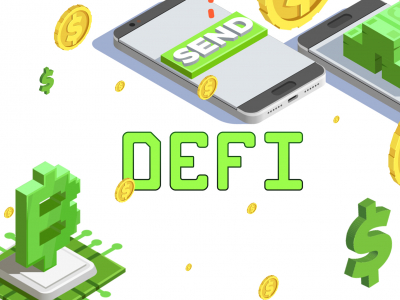CEDEX is the world’s first decentralized diamond exchange, bridging the gap between the outdated diamond industry and modern financial markets. Through technological innovation, CEDEX promises to transform diamonds into a publicly tradeable asset - unlocking the untapped potential of the global investment markets.

Diamonds have historically been a stable store of value much like gold and other precious metals. With that being said, you might expect them to be a common investment for people trying to diversify their portfolios and minimize risk. In reality, however, that’s far from the case.
There are a few good reasons why general investors tend to stay away from diamonds. For one, the industry’s all too prevalent ‘closed-shop mentality’ makes it incredibly difficult for amateur diamond holders and investors to get fair value for their stones. In fact, the typical consumer trying to resell a purchased diamond will have to accept a loss of 30 to 50 percent of its market value.
The closed-shop mentality and the inherent problems for consumers have persisted to this point because of a fundamental lack of transparency, liquidity, and standardization in the diamond markets. Using blockchain technology and a revolutionary machine learning algorithm called the DEX, CEDEX has built a solution for those three problems.
CEDEX’s blockchain-based exchange allows for completely transparent pricing of diamond assets. This can inspire greater confidence in general investors who lack the industry specific know-how that was previously a necessity to turn a profit selling diamonds. In addition, the exchange adds significant liquidity to the market. It connects diamond buyers and sellers directly, cutting out the expensive middleman and enabling both parties to get a better value in the process.
Of course, the biggest problem with trading diamonds is that they lack standardization. No two diamonds are quite the same, and that makes it next to impossible for the average person to determine a stone’s value. As a result, there are professional appraisers whose job it is to analyze diamonds based on their color grade, clarity grade, cut grade, and carat weight. Those four factors - the 4Cs of diamond quality - are the closest thing to standardization that the diamond market has ever had. The DEX algorithm offers a superior alternative that will bring about a whole new level of standardization.
The DEX appraises each diamond according to three main criteria. First, it analyzes data collected directly from the Gemological Institute of America (GIA) in order to assign diamonds a score that represents their gemological purity. Then it assesses the parallel composite, which indicates how rare the particular type of diamond is. Last but not least, it accounts for the diamond indices composite by referencing globally published indexes. That data can then be used to provide investors with insights on market sentiment.
Ultimately, the importance of the DEX is hard to overstate. It operates as a trustless alternative to traditional diamond appraisal, which is what enables CEDEX to run a two-sided marketplace of buyers and sellers. As it’s online, it also offers far easier accessibility and better efficiency than is possible when visiting a human diamond appraiser.

As CEDEX’s exchange launches in 2018, its effects will surely ripple throughout the diamond industry.
Up until now, the diamond market has been almost entirely built on B2B trade and merchandise sales. But by adding liquidity, transparency, and standardization to the market, CEDEX makes investing in diamonds possible for everybody. According to market research outlined in the CEDEX whitepaper, those new investors could bring as much as $350 billion into the market.
There are 5 different financial offerings made on the CEDEX platform, each of which will contribute to expanding the market.
First is category trading. This is a concept developed by the CEDEX team in which diamonds are assigned to categories based on their gemological characteristics. From there, the DEX can evaluate each diamond and compare it to other diamonds from the same category to determine a fair market value. This enables CEDEX to offer a homogenous asset class so that non-professional traders can participate in the market.
Another unique option offered by CEDEX is shared investments. This option enables investors to purchase partial ownership of high-value diamonds, diminishing their risk in what is often the most volatile segment of the diamond market.
CEDEX will also enable short selling, a feature which will appeal to experienced commodity traders especially. This allows traders who believe that the price of a commodity will go down to profit if they are correct. Traders would ‘borrow’ diamonds from a lending company by putting up collateral and a borrowing fee. They could then sell the diamonds on the market, wait for the price to drop, and then buy the diamonds back at a lower price to return to the lending company - keeping the net difference (minus the fees).
As demand for the new diamond asset class grows, derivative products such as exchange-traded funds (ETF’s) will be created. These offerings can be traded similarly to stocks, bonds, and other traditional assets, allowing for diversification and efficient market exposure.
Finally, users who own diamonds that are being held by custodians will have the ability to put those holdings up as collateral for loans provided by CEDEX. This lending contract would be fully stored and executed on the blockchain, offering greater transparency and efficiency than other lending services.
Altogether, CEDEX’s financial offerings will help to create rapid growth throughout the diamond market.











